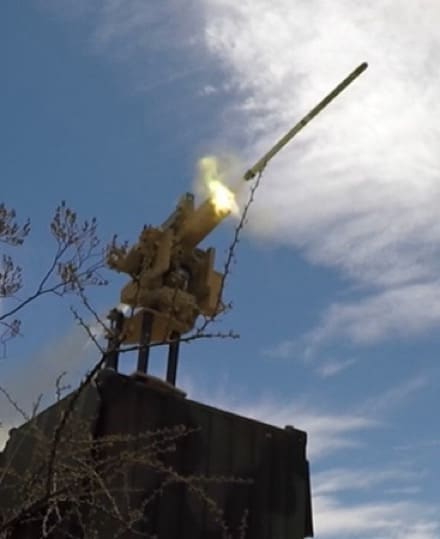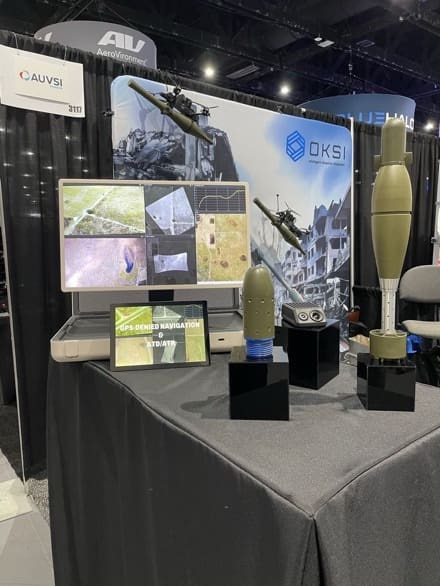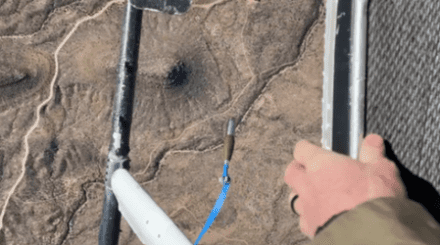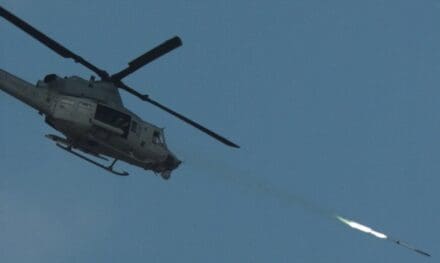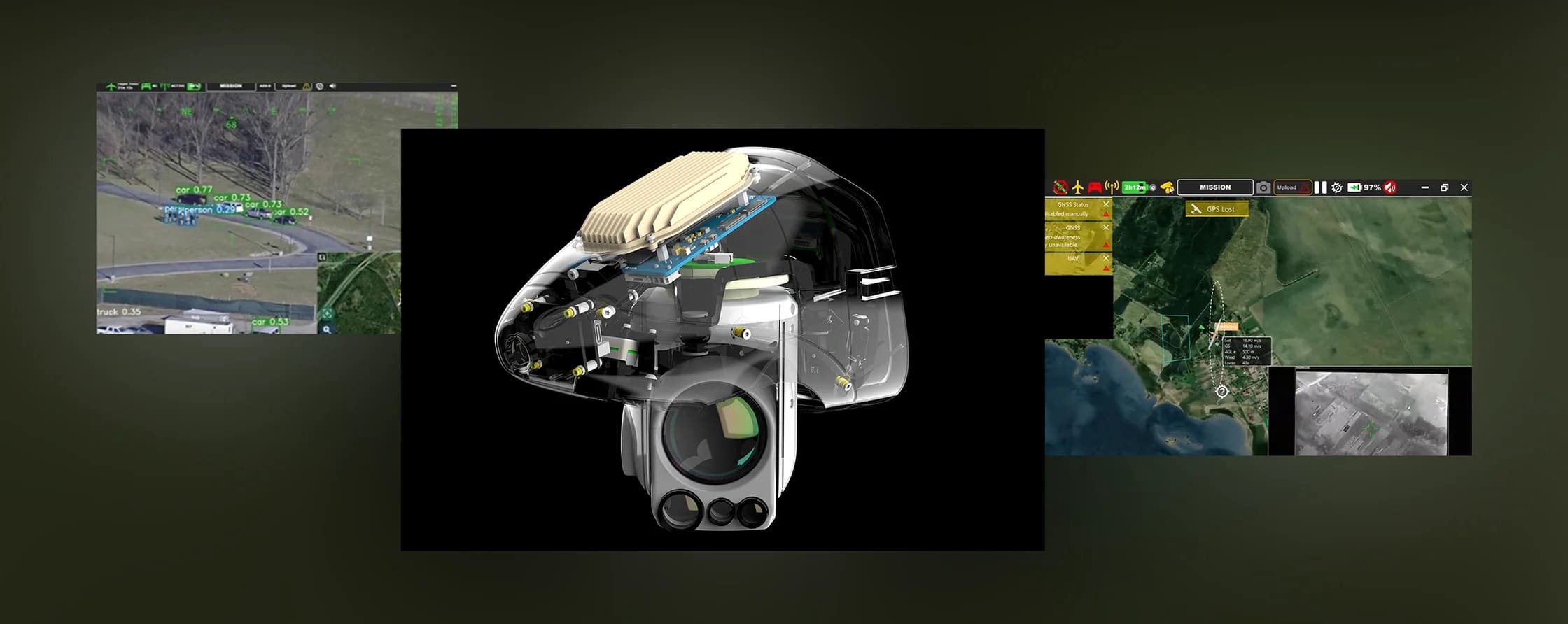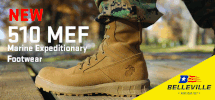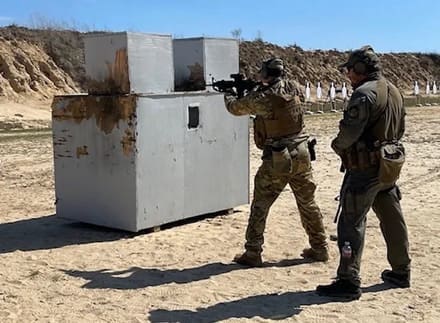
(A Special Operations Mission Sustainment Team member with 27 Special Operations Wing demonstrates firing from cover. Source: 371 Special Operations Combat Training Squadron)
Highlights:
• Milestones completed in collaboration with the 371st Special Operations Training Squadron.
• Technology integration supports future developments for Enhanced Situational Awareness combined with small unmanned aerial systems.
• ARC artificial intelligence-enabled weapon sensors support training for austere airfield defense within Agile Combat Employment.
Washington, DC – July 22, 2024 – Armaments Research Company (ARC) announced today that it has successfully completed a prototyping effort with the United States Air Force Special Operations Command to enhance training for austere airfield defense.
“Over the past year, we’ve worked to develop and demonstrate a tool that will enable connectivity, situational awareness, and decision-making at our tactical echelon. In future conflicts, the USAF must rapidly maneuver our bases and elements across the battlefield to generate combat air power in an expeditionary environment. That level of maneuver requires our tactical leaders command and control their forces, secure their location, and generate combat power.” – Lt Col Sean M. Williams, 371st Special Operations Combat Training Squadron Commander.
Through ARC’s Engage capability, Airmen are enabled to collect tactical scenario training data in real-time related to orientation of weapons, ammunition consumption, and maneuver of friendly forces.
The effort focused on leveraging advanced technologies and simulation systems to replicate real-world scenarios, providing aircrew members with immersive training experiences that closely mirror operational environments. AFSOC aims to empower its personnel with the skills and knowledge necessary to excel in high-intensity, rapidly changing combat situations within emerging Agile Combat Employment doctrine.


